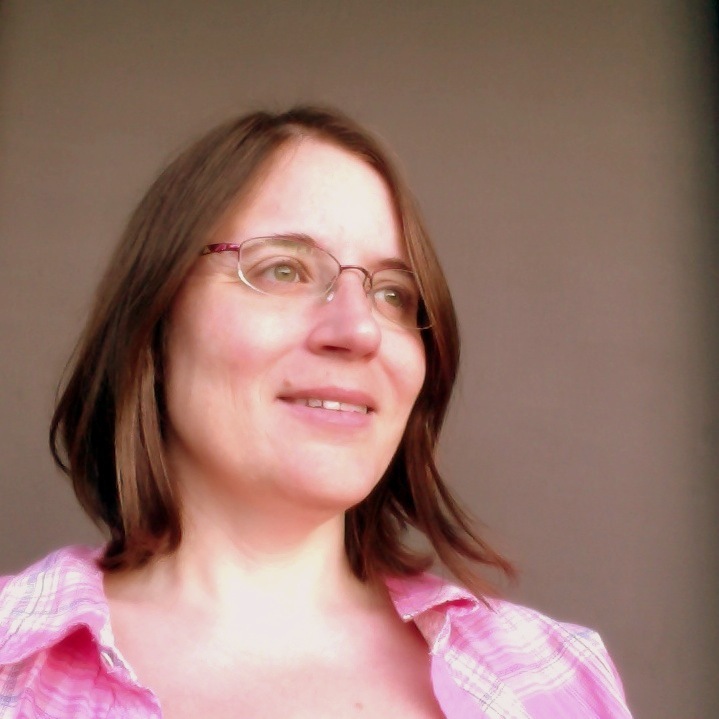
Imagine an eight hour rafting trip with nothing but rapids from start to finish. It would be exhausting. Likewise, a rafting trip with just a few rapids and a long, slow river would be boring. The trick to writing a well-paced book is to have a lot of rapids interspersed in the right places by slow sections, so the reader can take a breath, pause, get their bearings, and continue eagerly to the next set of rapids.
One of the pitfalls of being a “plot-driven” writer is that my drafts are often too fast-paced. Because of this, I’ve had to pay special attention to controlling pacing in my stories.
For a long time, I confused pace with tension. Pace is the speed at which the reader moves through the story; tension is the feeling of urgency the reader has, to know what will happen next in the story.
Like a river, a book must always be moving forward. Pace controls the speed of the forward momentum. So, how do you control pace?
First, when you read your favorite books, pay attention to the changes in pace. Notice what is happening in the fast scenes, and what is happening in the slow scenes.
A common misconception is that fast paced scenes will be action scenes while slow-paced scenes will be exposition and description. But as we learned a few posts ago in “Density,” good writers incorporate all of those things into the same scenes, paragraphs and even sentences. If all of your scenes have action, exposition and description, then what changes the pace?
In order to manipulate pace, you have to consider what kinds of actions are plotted throughout your story. Is your story a constant string of battles? Is the hero simply rushed from sword-fight to sword-fight? Or is there a pause in the fighting for the hero to sit around the campfire and talk about the larger battle with his companions? Is there time for the reader to get to know the hero, so they care whether or not they win the next battle?
Some actions, like car chases and sword-fights, are obviously fast-paced. But a book can have very little high action at all and still rush forward at breakneck speed. How? By the amount of time between plot points.
You may remember a few posts back when I talked about beginnings, middles and ends. Between each of these parts you have an inciting incident. Through out the middle you have obstacles between the lead character and his or her goal. The inciting incidents and the obstacles are the plot points. If you recall, when writing a beginning I advised to start with the inciting incident, then work backwards, filling in the necessary scenes to get the reader to where they will “get” the inciting incident.
Well, the slow parts of a story are similar to that beginning section. What does the reader need to know or feel in order to fully appreciate the next plot point? Do they need to understand a character? The relationships between some characters? Crucial information? Something about the setting, so they know the layout of the next battle? All of that can be conveyed in the slow scenes between plot points.
If your plot is too fast paced, chances are you are rushing from plot point to plot point without taking the time to get your readers up to speed between points. Add scenes between the plot points that give the characters, and the readers, a chance to catch up.
Slowing down your pace can actually increase your tension and suspense. It can be very tempting to rush the reader toward a revelation or pivotal scene. But it’s more effective to make a slow approach, and keep the reader wondering, biting nails wondering, when it’s going to happen.
If your plot is too slow paced, chances are you are taking too long to get from one plot point to the next. Your plot points might even be buried under characterization. Re-read your draft and write down your plot points. Then cut anything not necessary to get the reader from point to point.
Once you can clearly see which scenes are fast and which are slow, use style to emphasize them. Paragraph length, sentence length, word choice, and syntax all communicate speed to the reader. Short sentences, one-line paragraphs, strong verbs are the tools you use to build fast-paced scenes. Slower paced scenes can have longer, more complex sentences, more descriptors, longer paragraphs. Look in your favorite books for these changes in style from scene to scene.
I’ll leave you with another wonderful gem from Laurel Leigh: “Slow down where it hurts.”
A common mistake novice writers make is to rush through the painful scenes. When the car flips over at the end of the car chase, make it happen in slow motion. Draw it out with details; make sure the reader sees every second of the crash. If you’ve ever been in an accident, you know that time slows down. Convey this feeling to the reader.
Tomorrow: A related topic: 101 TIWIK #21: Creating Suspense, not Confusion
This post is part of a series of 101 Things I Wish I’d Known Before I Wrote My First Book. Start reading the series at the beginning.




One thought on “101 TIWIK #20: Pacing Your Plot”